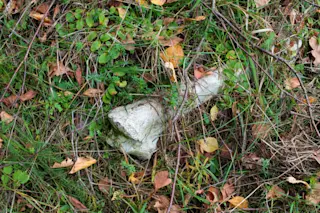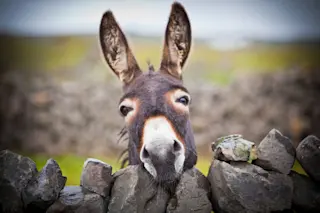In the past century, jockeys have helped their horses race about six percent faster, thanks to a position on the horse known as the "monkey crouch." This elevated, squatting stance minimizes the work the horse must do to propel his rider forward, according to a study published in Science. To analyze the movement of the horse and jockey while racing, scientists attached sensors to the saddle and the jockey's belt. They found that when a horse runs, it also moves up and down, bringing the jockey along with it. The rider can therefore weigh the horse down or, in the case of the monkey crouch, he can isolate himself from the horse's motions, and therefore minimize his effect on the horse's movement.
When seated upright, riders act much like sandbags, weighing down the horse and incurring increased mechanical and metabolic costs. But in the crouched ... position, a jockey can ...













